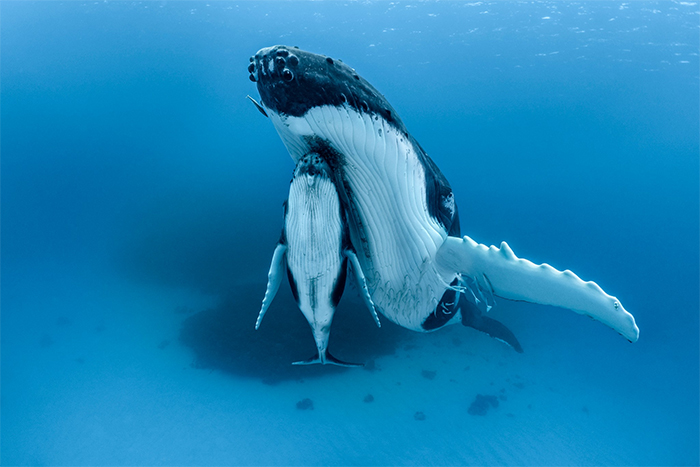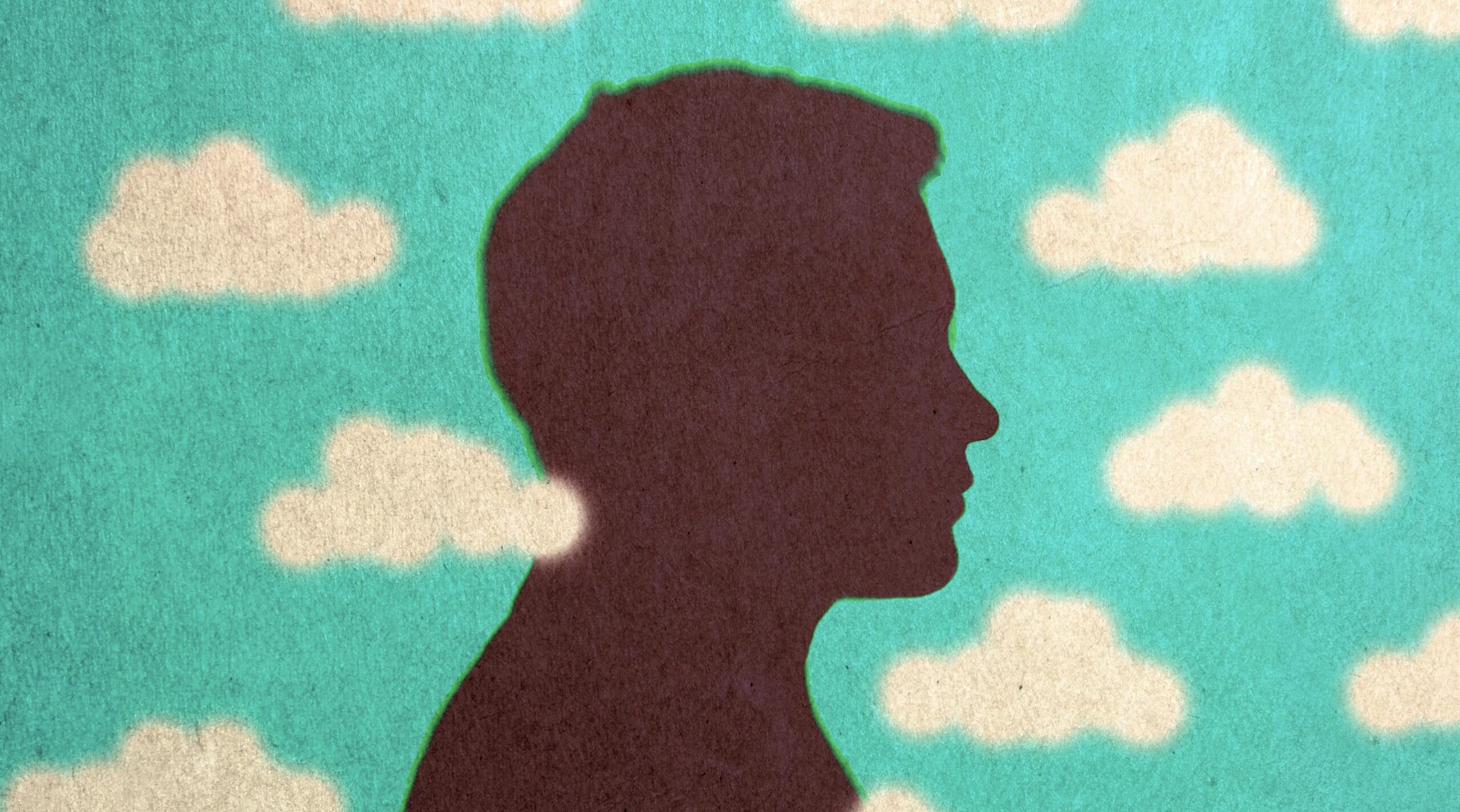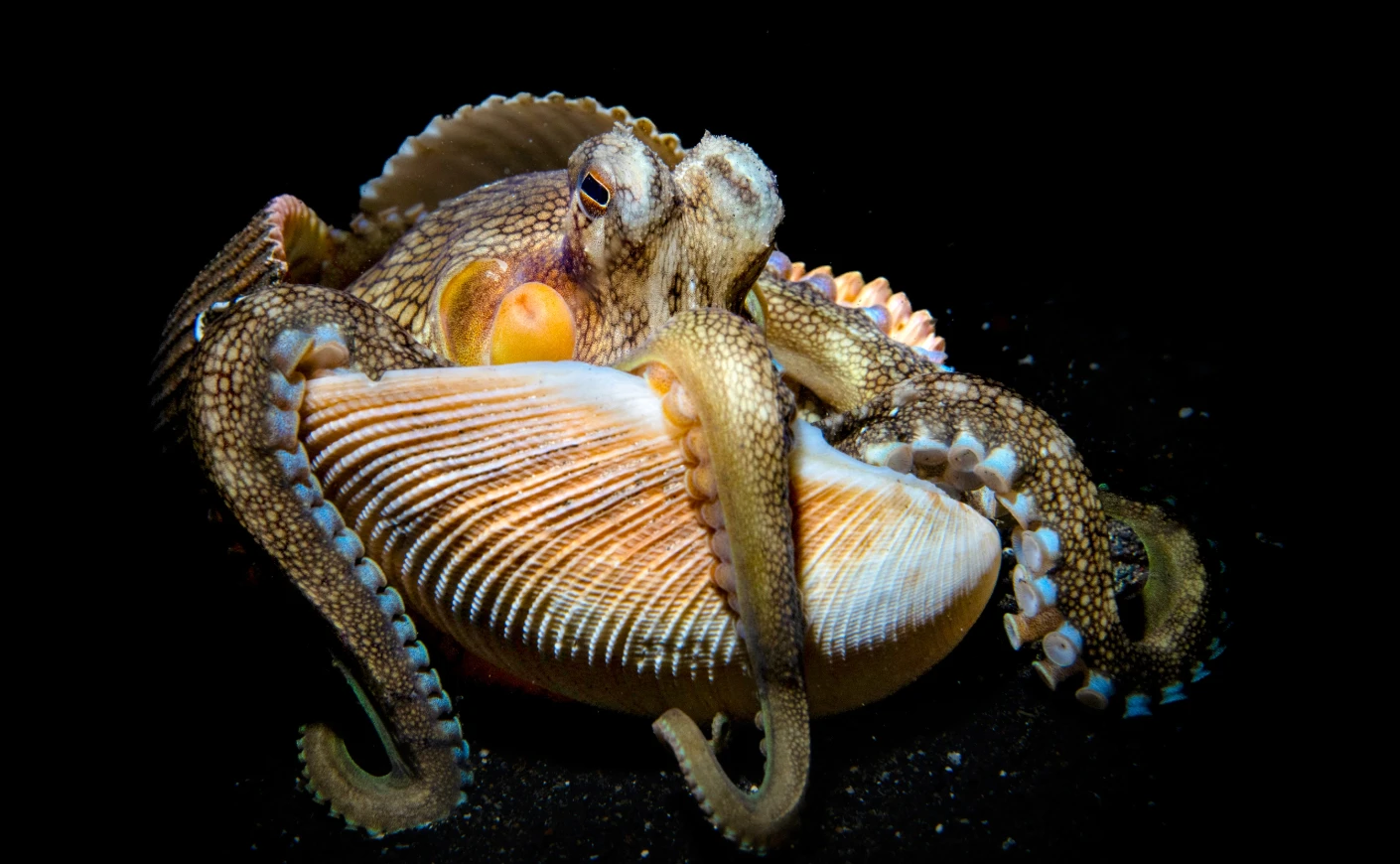My favorite moments in nature as a wildlife photographer and filmmaker are those that happen when the animal is the one that dictates the terms. Whether it is a bear, a wolf, or a whale, it is a rare and unique privilege when an animal accepts you in its presence and lets you into its world. Countless variables must come together to produce an image with the power to effect change — luck, chance, light, weather and timing, and so on — but a wild animal accepting you in its presence is the most important of all.
I have always believed I am fulfilling an obligation to share what I have seen with others. Throughout my career, I have strived to campaign for conservation and do it in a way that others can see what I am doing and be moved to action in some way.
We had been working in Tonga for several weeks. I had enjoyed some success photographing humpback whales with their calves, but I had not made any magic yet. Magic is what happens when one feels inspired and something unexpected happens as a result. That is what makes your work personal and distinctive. I realized I had been capturing photographs rather than making art. Humpback whales were on the move, doing what whales do, and my images were sharp and clear — but nothing special. We had only a couple of days left in our expedition, and magic was proving hard to find.
And then, late one afternoon, magic happened.

Megaptera features a devoted mother humpback basking in the warm waters off the coast of Tonga, patiently waiting for her baby to grow and building strength for the long journey back to their feeding grounds in Antarctica
At first, I barely noticed a tiny blow in the sea, several hundred yards away. It could have been a dolphin, it was so small and close to shore. Moments passed, and then I saw another tiny blow. This second blow was immediately followed by the blow of another much larger whale, and I realized what I was looking at: a tiny whale calf, closely followed by its mother. . . . unmistakable.
I grabbed my Sony camera and as gently as I could, slipped into the water and swam slowly and carefully toward what I now knew to be a pair of whales, a mother and her calf.
I swam to within 50 feet of the mom, careful not to disturb her with any sudden, erratic movement, and then stopped, floating motionless, and just studied her.
She would descend 25 to 35 feet below the surface and then float there like a submarine, perfectly buoyant. Her calf would dive down clumsily and tuck itself under its mother. The mom made slight, barely discernible adjustments to compensate for her baby’s buoyancy. It was a study in motion and grace, a marine ballet in underwater sunlight, not a wasted movement.
The calf would ascend to the surface every few minutes to take a breath and the mother would follow behind at 15 to 20-minute intervals. After a while, I realized the calf was surfacing for air at about a three-to-one ratio with its mom.

This encounter with a mother humpback and her calf in the warm waters of Tonga will go down as one of the most memorable of my entire career. All images of the mother humpback and her calf were collected under a special interaction permit (Regulation 13) authorized by the Tongan Ministry of Tourism.
I drifted closer, camera in hand, careful not to disturb their underwater ballet. I was floating directly above mother and calf, and I could see her eye-tracking me. She appeared calm. The calf surfaced as if on cue, took a few breaths, looked me in the eye. and then went back down and tucked itself under its mom’s chin once again.
The picture I needed was about 30 to 40 feet deep. The mother’s chin was about 20 feet below the surface. I wanted to be in a position to shoot upwards, looking at her from below, while remaining mindful not to disturb them. I wanted to see the baby under her belly.
I can free dive up to 80 feet on a good day, but that is without a cumbersome underwater camera and housing. I managed a couple of test dives to see how she might react. She stayed calm.
I dove again, and then again, getting closer each time, sensitive to how my presence might affect this particular mother and calf, ready to resurface at the slightest sign of discomfort.
Finally, I had to commit. I dove to 40 feet and inched toward the mother. Gently, gently. My lungs started to burn, and I could feel my diaphragm suddenly contracting. I needed air — but what was unfolding in front of me was a picture of pure beauty. I knew now I was recording some of the most captivating footage and images of my career in underwater photography.
Art is often the achievement of stillness when surrounded by a world in chaos. I knew I was witnessing a moment of real and rare privilege.
On World Oceans Day, I invite you to share this story with your own personal pledge for the planet. Together, we can create a sustainable future, harmonious with wildlife.







